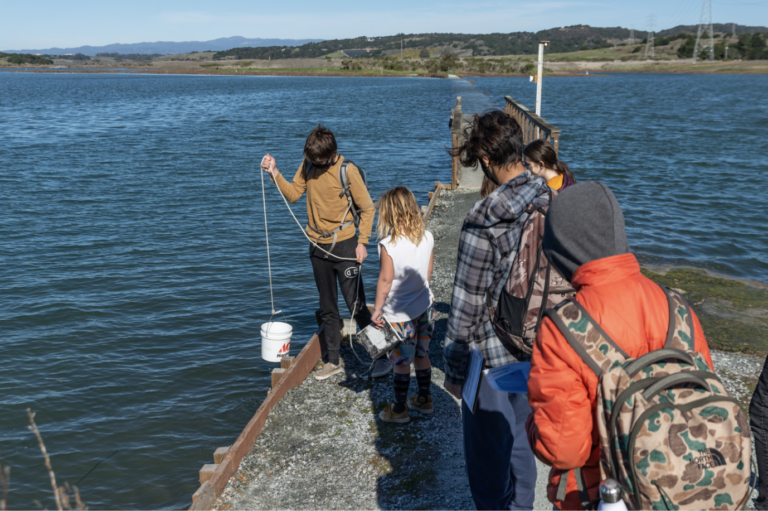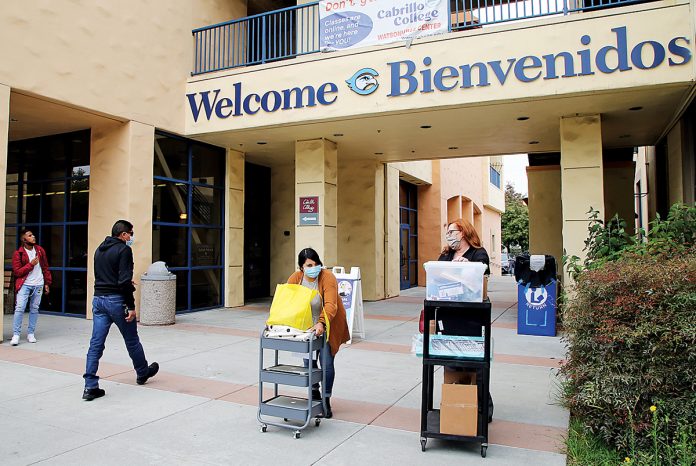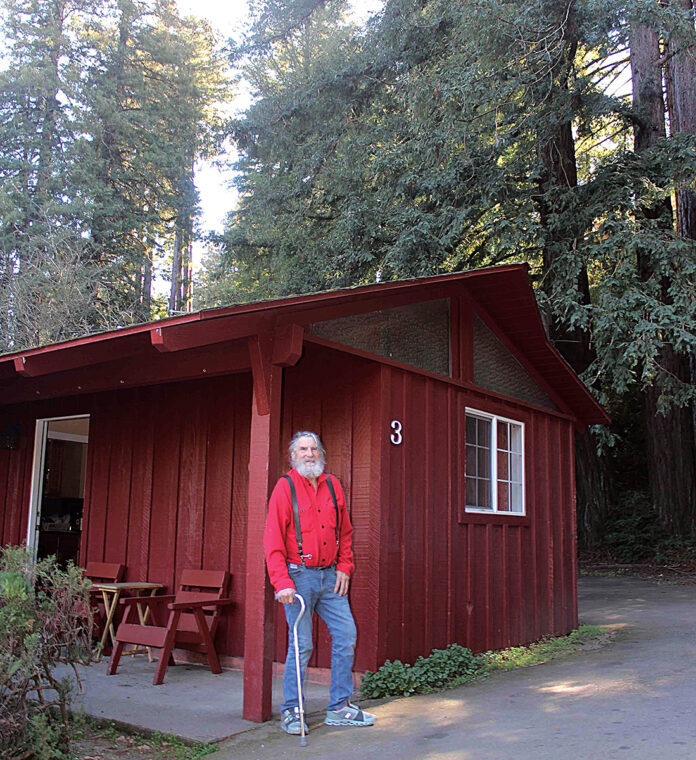By Apoorva Mandavilli, The New York Times
For more than a year, the Centers for Disease Control and Prevention has collected data on hospitalizations for COVID-19 in the United States and broken it down by age, race and vaccination status. But it has not made most of the information public.
When the CDC published the first significant data two weeks ago on the effectiveness of boosters in adults younger than 65, it left out the numbers for a huge portion of that population: 18- to 49-year-olds, the group the data showed was least likely to benefit from extra shots, because the first two doses already left them well-protected.
The agency recently debuted a dashboard of wastewater data on its website that will be updated daily and might provide early signals of an oncoming surge of COVID-19 cases. Some states and localities had been sharing wastewater information with the agency since the start of the pandemic, but it had never before released those findings.
Two full years into the pandemic, the agency leading the country’s response to the public health emergency has published only a tiny fraction of the data it has collected, several people familiar with the data said.
Much of the withheld information could help state and local health officials better target their efforts to bring the virus under control. Detailed, timely data on hospitalizations by age and race would help health officials identify and help the populations at highest risk. Information on hospitalizations and death by age and vaccination status would have helped inform whether healthy adults needed booster shots. And wastewater surveillance across the nation would spot outbreaks and emerging variants early.
Without the booster data for 18- to 49-year-olds, the outside experts whom federal health agencies look to for advice had to rely on numbers from Israel to make their recommendations on the shots.
Kristen Nordlund, a spokesperson for the CDC, said the agency has been slow to release the different streams of data “because basically, at the end of the day, it’s not yet ready for prime time.” She said the agency’s “priority when gathering any data is to ensure that it’s accurate and actionable.”
Another reason is fear that the information might be misinterpreted, Nordlund said.
Dr. Daniel Jernigan, the agency’s deputy director for public health science and surveillance said the pandemic exposed the fact that data systems at the CDC, and at the state levels, are outmoded and not up to handling large volumes of data. CDC scientists are trying to modernize the systems, he said.
“We want better, faster data that can lead to decision making and actions at all levels of public health, that can help us eliminate the lag in data that has held us back,” he added.
The CDC also has multiple bureaucratic divisions that must sign off on important publications, and its officials must alert the Department of Health and Human Services — which oversees the agency — and the White House of their plans. The agency often shares data with states and partners before making data public. Those steps can add delays.
“The CDC is a political organization as much as it is a public health organization,” said Samuel Scarpino, managing director of pathogen surveillance at the Rockefeller Foundation’s Pandemic Prevention Institute. “The steps that it takes to get something like this released are often well outside of the control of many of the scientists that work at the CDC.”
The performance of vaccines and boosters, particularly in younger adults, is among the most glaring omissions in data the CDC has made public.
Last year, the agency repeatedly came under fire for not tracking so-called breakthrough infections in vaccinated Americans, and focusing only on individuals who became ill enough to be hospitalized or die. The agency presented that information as risk comparisons with unvaccinated adults, rather than provide timely snapshots of hospitalized patients stratified by age, sex, race and vaccination status.
But the CDC has been routinely collecting information since the COVID-19 vaccines were first rolled out last year, according to a federal official familiar with the effort. The agency has been reluctant to make those figures public, the official said, because they might be misinterpreted as the vaccines being ineffective.
Nordlund confirmed that as one of the reasons. Another reason, she said, is that the data represents only 10% of the population of the U.S. But the CDC has relied on the same level of sampling to track influenza for years.
Some outside public health experts were stunned to hear that information exists.
“We have been begging for that sort of granularity of data for two years,” said Jessica Malaty Rivera, a public health researcher and part of the team that ran the COVID Tracking Project, an independent effort that compiled data on the pandemic until March 2021.
A detailed analysis, she said, “builds public trust, and it paints a much clearer picture of what’s actually going on.”
Concern about the misinterpretation of hospitalization data broken down by vaccination status is not unique to the CDC. On Thursday, public health officials in Scotland said they would stop releasing data on COVID-19 hospitalizations and deaths by vaccination status because of similar fears that the figures would be misrepresented by anti-vaccine groups.
But the experts dismissed the potential misuse or misinterpretation of data as an acceptable reason for not releasing it.
“We are at a much greater risk of misinterpreting the data with data vacuums, than sharing the data with proper science, communication and caveats,” Rivera said.
When the delta variant caused an outbreak in Massachusetts last summer, the fact that three-quarters of those infected were vaccinated led people to mistakenly conclude that the vaccines were powerless against the virus — validating the CDC’s concerns.
But that could have been avoided if the agency had educated the public from the start that as more people are vaccinated, the percentage of vaccinated people who are infected or hospitalized would also rise, public health experts said.
“Tell the truth, present the data,” said Dr. Paul Offit, a vaccine expert and adviser to the Food and Drug Administration. “I have to believe that there is a way to explain these things so people can understand it.”
Knowing which groups of people were being hospitalized in the U.S., which other conditions those patients may have had and how vaccines changed the picture over time would have been invaluable, Offit said.
Relying on Israeli data to make booster recommendations for Americans was less than ideal, Offit noted. Israel defines severe disease differently than the U.S., among other factors.
“There’s no reason that they should be better at collecting and putting forth data than we were,” Offit said of Israeli scientists. “The CDC is the principal epidemiological agency in this country, and so you would like to think the data came from them.”
It has also been difficult to find CDC data on the proportion of children hospitalized for COVID-19 who have other medical conditions, said Dr. Yvonne Maldonado, chair of the American Academy of Pediatrics’ Committee on Infectious Diseases.
The academy’s staff asked their partners at the CDC for that information on a call in December, according to a spokesperson for the AAP, and were told it was unavailable.
Nordlund pointed to data on the agency’s website that includes this information, and to multiple published reports on pediatric hospitalizations with information on children who have other health conditions.
The pediatrics academy has repeatedly asked the CDC for an estimate on the contagiousness of a person infected with the coronavirus five days after symptoms begin — but Maldonado finally got the answer from an article in The New York Times in December.
“They’ve known this for over a year and a half, right, and they haven’t told us,” she said. “I mean, you can’t find out anything from them.”
Experts in wastewater analysis were more understanding of the CDC’s slow pace of making that data public. The CDC has been building the wastewater system since September 2020, and the capacity to present the data over the past few months, Nordlund said. In the meantime, the CDC’s state partners have had access to the data, she said.
Despite the cautious preparation, the CDC released the wastewater data a week later than planned. The COVID Data Tracker is updated only on Thursdays, and the day before the original release date, the scientists who manage the tracker realized they needed more time to integrate the data.
“It wasn’t because the data wasn’t ready, it was because the systems and how it physically displayed on the page wasn’t working the way that they wanted it to,” Nordlund said.
The CDC has received more than $1 billion to modernize its systems, which may help pick up the pace, Nordlund said. “We’re working on that,” she said.
The agency’s public dashboard now has data from 31 states. Eight of those states, including Utah, began sending their figures to the CDC in the fall of 2020. Some relied on scientists volunteering their expertise; others paid private companies. But many others, such as Mississippi, New Mexico and North Dakota, have yet to begin tracking wastewater.
Utah’s fledgling program in April 2020 has now grown to cover 88% of the state’s population, with samples being collected twice a week, according to Nathan LaCross, who manages Utah’s wastewater surveillance program.
Wastewater data reflects the presence of the virus in an entire community, so it is not plagued by the privacy concerns attached to medical information that would normally complicate data release, experts said.
“There are a bunch of very important and substantive legal and ethical challenges that don’t exist for wastewater data,” Scarpino said. “That lowered bar should certainly mean that data could flow faster.”
Tracking wastewater can help identify areas experiencing a high burden of cases early, LaCross said. That allows officials to better allocate resources like mobile testing teams and testing sites.
Wastewater is also a much faster and more reliable barometer of the spread of the virus than the number of cases or positive tests. Well before the nation became aware of the delta variant, for example, scientists who track wastewater had seen its rise and alerted the CDC, Scarpino said. They did so in early May, just before the agency famously said vaccinated people could take off their masks.
Even now, the agency is relying on a technique that captures the amount of virus, but not the different variants in the mix, said Mariana Matus, CEO of BioBot Analytics, which specializes in wastewater analysis. That will make it difficult for the agency to spot and respond to outbreaks of new variants in a timely manner, she said.
“It gets really exhausting when you see the private sector working faster than the premier public health agency of the world,” Rivera said.
This article originally appeared in The New York Times.





















